You must be logged in to post a review.
RUSSIAN CUIRASSIER. EKATERINOSLAV REGIMENT – 1813
€68.00
Figure to assemble and paint
Ref.: 4 – PCA
Weight: 250 grs.
Material: White Metal
Number of Pieces: 18
Historical Review:
The Ekaterioslav Cuirassier Regiment was formed in 1708.
Russian Cuirassier regiments wore similar uniforms tight white coats and trousers and high boots, differing only in the colour of their collars, cuffs and turnbacks. For example, the Glukhov Cuirassiers wore blue, the Novogorod wore pink, the Emperor’s cuirassiers wore red and the Empress’ sported a light blue. Its distinctive color was orange. The Ekaterinoslav regiment, together with the Military Order cuirassier regiments, made up the 1st Brigade of the 2nd Cuirassier Division under the command of Major General Borozdin, based in the Russian 2nd Army of the Western Front.
During Napoleon’s invasion of Russia in 1812, the Kretev’s Cuirassiers Division greatly distinguished themselves, most particularly in the great battle of Borodino. At Borodino the Russian cuirassiers (Duka’s division) attacked Ledru’s infantry division formed in squares. The cavalry-vs-square it was morale thing only, and horses were unwilling to impale themselves on bayonets. The best way to break the square was to bring horse guns and blast the infantry away. Duka’s cuirassiers however got no support from artillery and broke no squares.
From 1812 onwards, the uniform had undergone significant variations. All regiments had been equipped with a black armour. The hair tops of the helmets had been modified. Long trousers had been adopted, with buttons on the side and low boots.
The Russian cuirassiers were heavy cavalry. One witness described them as “Large and stout: the discipline and well-dressed state of these men are very imposing.” The minimum height for the Russian cuirassier was 170 cm. For comparison the minimum height for the French dragoon was 162 cm, and for cuirassier 172 cm.
They rode on a strong horse, between 151 cm and 160 cm in height. It was a bigger animal than French dragoon’s horse (153 – 155 cm in 1812) but slightly smaller than French cuirassier’s mount (155-160 cm in 1812). Was armed with a straight saber, type of broadsword. Although it was heavier weapon than the sabre carried by the French dragoons and cuirassiers, it was shorter (Russian blade 90 cm, French blade 97.5 cm). The new saber issued to Russian cuirassiers, pattern 1809, was lighter and longer (97 cm).
All heavy cavalry was also armed with 2 pistols, and cavalry carbine or rifle. In 1812 the carbines were taken away and each cavalryman had only 2 pistols and saber. The flankers however kept their rifles. Until 1812 the Russian cuirassiers wore no cuirasses.
The ranks of Russian cuirassiers were filled up not only with recruits, but also with the best soldiers selected from dragoon, uhlan, jager and hussar regiments. Thus they were sort of elite troops.
The figure is seen wearing the long coat, over which the breastplate is worn. Given the scarcity of pasture in the frozen land, it was common to see cavalry carrying the feed necessary for their mount. The distinctive black color of the regiment can be seen on the neck and shabrak of the horse.
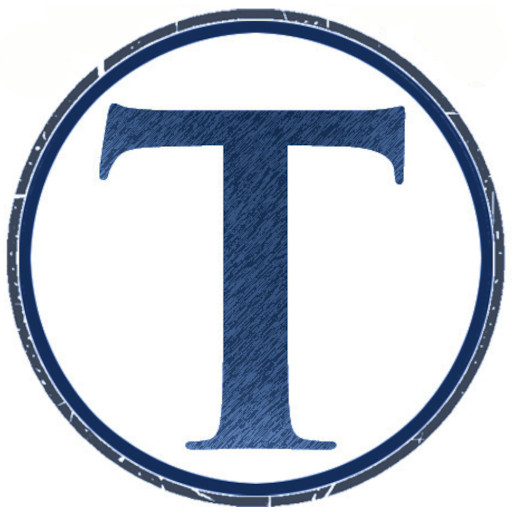

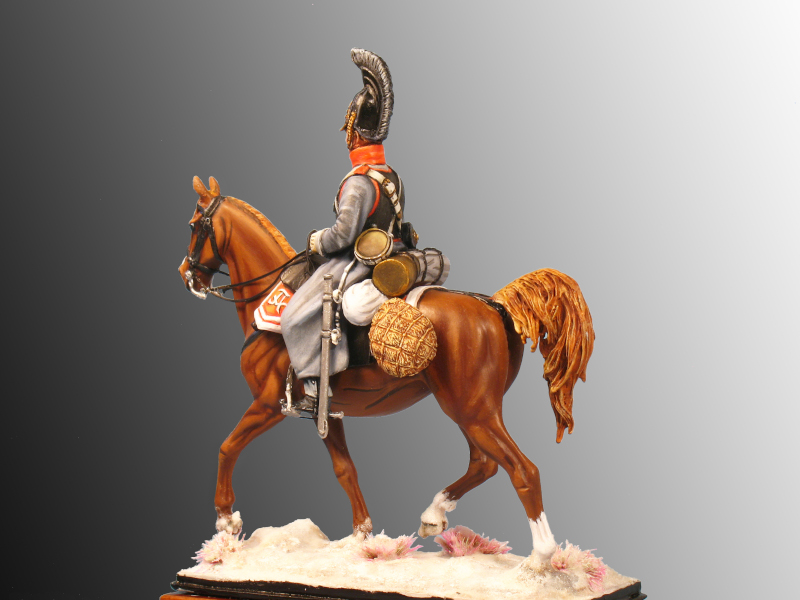


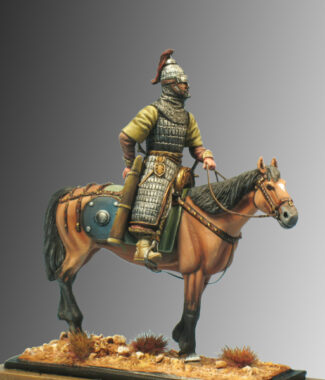
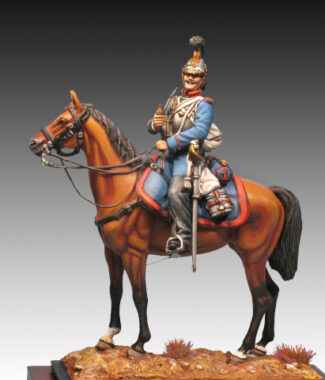
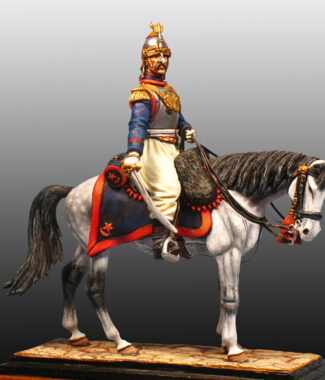
Reviews
There are no reviews yet.